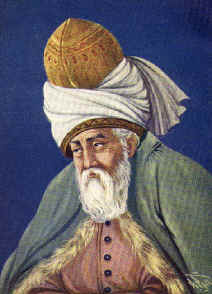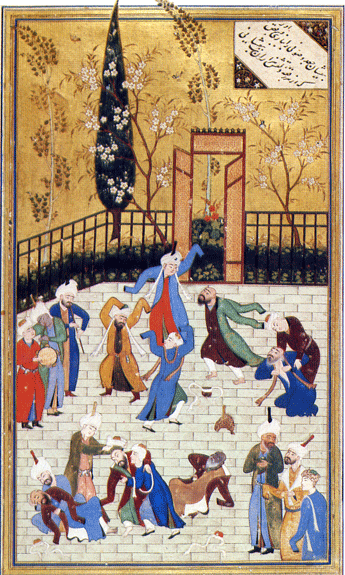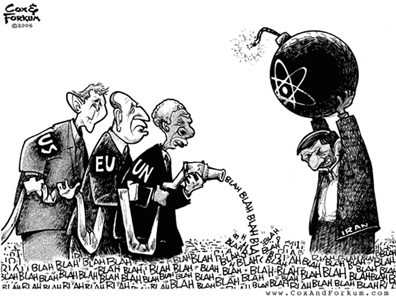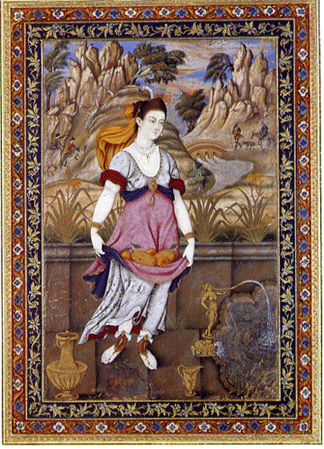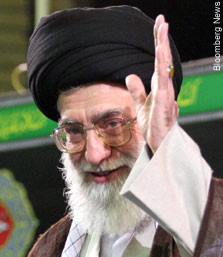
Ayatollah Ali Khamenei
Iranians Favor Direct Talks with US on Shared Issues,
Mutual Access for Journalists, More Trade
Poll Finds Diminished Perception of US Threat,
General Thawing of Hostility
World Public Opinion, April 7, 2008
College Park, MD—A new poll finds that although Iranians continue to view the United States negatively, they strongly support steps to improve US-Iran relations including direct talks on issues, greater access for each others’ journalists, increased trade and more cultural, educational and athletic exchanges.
While majorities of Iranians think the United States threatens Iran and is hostile to Islam, these numbers have diminished over the past year. A growing number—now two out of three—believe it is possible for Islam and the West to find common ground. Continue reading Pollsters in Iran
